SELF-DEFENSE:
In a world full of uncertainties, knowing how to protect yourself is a skill everyone should have. Self-defense isn’t just about fighting back—it’s about staying aware, making smart decisions, and using the right tools when necessary.
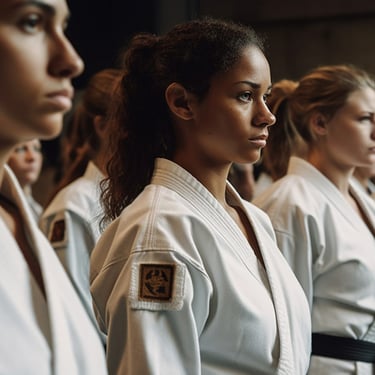
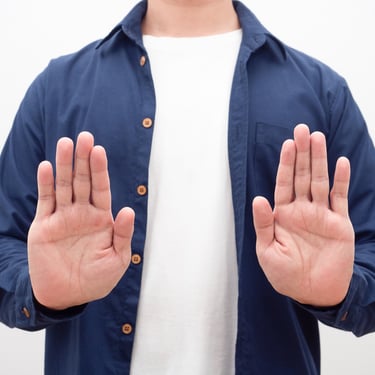
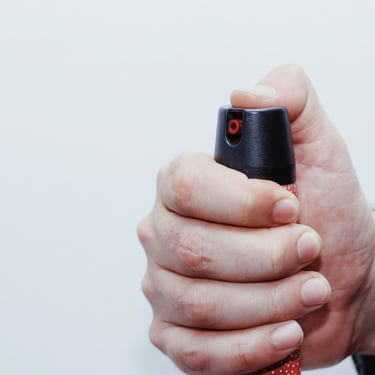
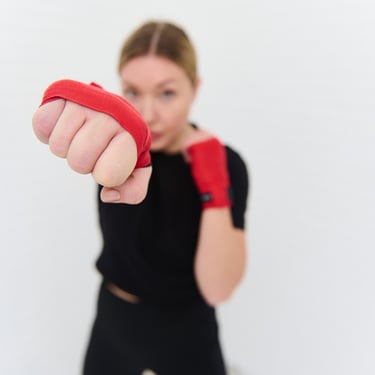
Find practical self-defense tips and trusted products to help keep you safe and protected.
1. Stay Aware and Trust Your Instincts
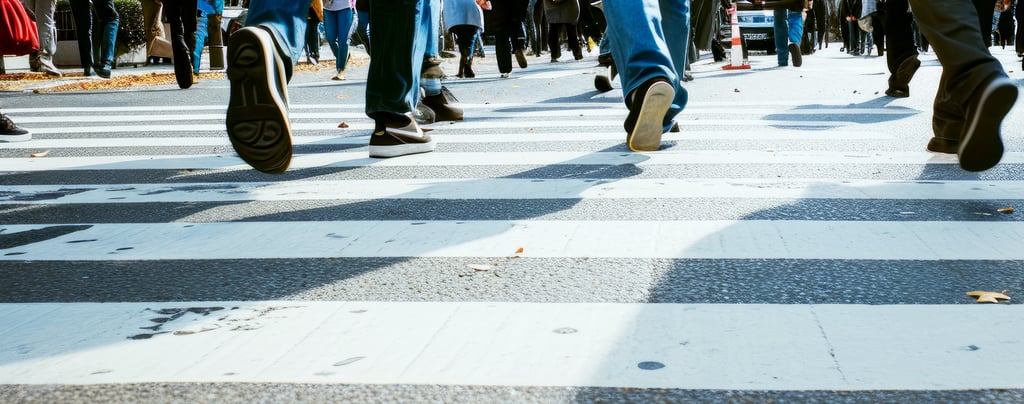

Being aware of your surroundings is the best way to stay safe. It means paying attention to what’s happening around you, especially when you’re in a new or unfamiliar place. If something doesn’t feel right, trust your instincts and take action to protect yourself.
Why Staying Aware Matters
Staying aware helps you spot potential dangers before they become a problem. Your instincts can pick up on things that seem off, even if you can’t immediately explain why. When you feel uneasy, it’s your brain’s way of warning you. Listen to that feeling and take steps to stay safe.
Simple Tips to Stay Aware
✅Put Your Phone Away: When walking alone or in a new place, don’t get lost in your phone. Keeping your head up and looking around helps you notice what’s going on.
✅Know Your Route: Whether you’re walking, driving, or using public transport, plan your route ahead of time. This helps you stay focused and confident.
✅Look Around Regularly: Make it a habit to check your surroundings. Notice who is nearby, what they’re doing, and if anything seems unusual.
✅Spot the Exits: Wherever you are—whether it’s a café, a mall, or an event—take a quick look around and find the exits. If something happens, you’ll know how to get out fast.
✅Trust Your Gut: If you feel uncomfortable, don’t ignore it. Move away, find a safe spot, or get help. Your instincts are there to protect you.
✅Stick with Groups: Being around others can make you less of a target. When possible, walk or travel with a friend or in a group.
✅Stay in Well-Lit Areas: If you’re walking at night, choose well-lit paths and avoid dark, isolated spots. Criminals often look for people in poorly lit areas.
✅Share Your Location: Let someone you trust know where you’re going and when you plan to be back. This way, someone will know if something goes wrong.
Why Trusting Your Instinct Matters
Your instincts are often more accurate than you think. Sometimes, your brain senses danger before you consciously notice it. If you feel uneasy or something doesn’t seem right, don’t hesitate. Take it seriously, even if you can’t explain why.
Recommended Books for Awareness and Personal Safety:
“Spy Secrets That Can Save Your Life” by Jason Hanson – Written by a former CIA officer, this book provides real-world safety tactics.
“Left of Bang” by Patrick Van Horne –Shows how to spot danger before it happens.
"The Gift of Fear" by Gavin de Becker: Teaches you how to recognize warning signs and trust your instincts.
2. Learn Basic Self-Defense Moves
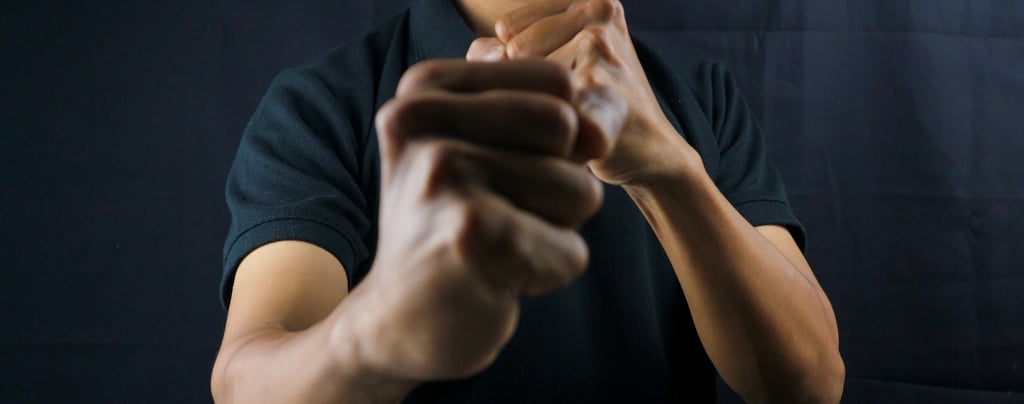

Knowing how to physically defend yourself is an important part of personal safety. You don’t need to master complex martial arts techniques to protect yourself. Basic self-defense focuses on simple, practical moves that can help you escape or disable an attacker.
Why Basic Self-Defense Matters
Being able to protect yourself doesn’t just build confidence; it can make all the difference in a dangerous situation. The goal isn’t to fight like a pro but to quickly create a chance to escape. Simple moves that target vulnerable areas can help you get away from an attacker fast.
Easy Self-Defense Techniques Everyone Should Know
✅Breaking Free from Grabs:
Wrist Grabs: Rotate your wrist toward the attacker’s thumb to break their grip. Their thumb is the weakest point.
Bear Hugs (from behind): Drop your weight, use your elbows to strike backward, or stomp on the attacker’s foot. This can loosen their hold and give you a chance to escape.
✅Using Your Body as a Weapon:
Elbows: Sharp and strong, perfect for close-range strikes to the face or ribs.
Knees: Great for hitting the groin or stomach when the attacker is close.
Heel of Your Palm: Use an upward strike to the nose or chin. This can cause pain and disorient the attacker.
✅Targeting Vulnerable Areas:
Eyes: A quick poke or jab can cause temporary blindness.
Throat: A strike can disrupt breathing and stun the attacker.
Groin: A hard knee or kick can incapacitate most attackers.
Practice Makes Perfect: Build Your Confidence
Even basic self-defense moves need practice to become second nature. Dedicate a few minutes each week to practicing strikes and escape techniques. Repetition builds muscle memory, so when the time comes, your body knows what to do without overthinking. Practicing also helps you feel more confident, which can deter potential attackers.
Here’s how to practice effectively:
Practice with a Friend: Simulate grabs or holds to work on breaking free.
Mirror Drills: Practice strikes like palm hits, knee kicks, and elbow jabs in front of a mirror.
Visualize Scenarios: Mentally rehearse what you would do in different situations.
The more familiar you are with these moves, the more confident you’ll be if you ever need them.
Take Self-Defense Classes: Learn from the Experts
Consider enrolling in local self-defense classes. Martial arts like Krav Maga, Jiu-Jitsu, or basic self-defense courses can teach you life-saving techniques. Many self-defense classes also offer specialized courses for women and children, focusing on practical skills to use in real-life situations.
If you can’t find a class nearby, look for online courses or video tutorials from reputable instructors. Practicing regularly will help you build confidence and improve your skills over time. Self-defense doesn’t require a gym or special equipment. You can learn effective techniques right from your home using books, online videos, and simple training tools.
Recommended Book for Self-Defense:
“Krav Maga: An Essential Guide” by David Kahn - Learn the principles of Krav Maga, one of the most effective self-defense systems.
Recommended Tool:
MUNIO Defense Keychain - This discreet tool fits on your keychain and is designed for quick strikes. You can use it to jab or scrape at an attacker’s face or body, giving you the opportunity to escape. It’s easy to carry and doesn’t look like a weapon, making it a practical choice for everyday protection.
3. Carry Non-Lethal Weapon

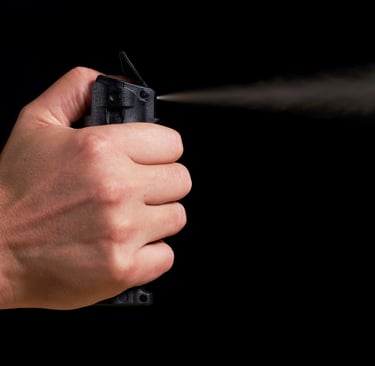
Carrying non-lethal self-defense tools can make a big difference when it comes to staying safe. These items are designed to protect you without causing permanent harm, making them a great choice for everyday personal safety.
Why Choose Non-Lethal Self-Defense?
Non-lethal tools are practical and effective because they can stop an attacker without causing serious injury. They are also more widely accepted and legal in many places compared to firearms or other lethal weapons.
Whether you’re commuting, traveling, or just out for a walk, having a self-defense tool that’s easy to carry and quick to use can boost your confidence and keep you prepared for unexpected situations.
Best Non-Lethal Self-Defense Tools to Carry
✅Pepper Spray:
Why It Works: Pepper spray temporarily blinds and incapacitates an attacker by causing intense eye and respiratory irritation.
How to Use: Aim for the attacker’s face and spray in a sweeping motion. Create distance once the spray takes effect.
Recommended Tool:
Sabre Pepper Spray: Trusted by police worldwide, this pepper spray has a long reach and includes UV marking dye to help identify attackers later. It’s compact, easy to carry, and effective at keeping threats at bay.
✅Stun Guns:
Why It Works: A stun gun delivers a high-voltage shock that can temporarily disable an attacker by causing muscle spasms and pain.
How to Use: Press the device against the attacker’s body and activate it. Aim for large muscle groups or areas like the stomach or thigh.
Recommended Tool:
VIPERTEK VTS-989 Stun Gun This high-voltage stun gun doubles as a flashlight. It’s powerful, easy to use, and features anti-snatch electrodes to shock anyone trying to grab it from you.
✅Tactical Flashlights:
Why It Works: A tactical flashlight can temporarily blind an attacker when shone directly in their eyes. It can also be used as a striking tool to hit vulnerable areas.
How to Use: Shine the light in the attacker’s eyes to disorient them. If needed, use the heavy, ridged end as a striking tool.
Recommended Tool:
GearLight Tactical Flashlight: Compact, durable, and ultra-bright, this flashlight is a best-seller for a reason. It’s lightweight, has a high lumen output, and can fit easily into your pocket or bag.
Tips for Carrying Non-Lethal Self-Defense Tools:
Check Local Laws: Make sure the tools you choose are legal in your area. Some places restrict pepper spray, stun guns, or other devices.
Practice Using Them: In a stressful situation, you won’t have time to figure out how your tool works. Practice deploying it quickly and confidently.
Keep It Accessible: A tool buried in your bag or car won’t help when you need it. Keep it within easy reach.
Dry Run: Practice pulling your tool from your pocket or bag quickly.
Scenario Drills: Imagine different situations where you might need to use your tool and practice your response.
Partner Practice: Work with a friend to simulate quick draw and aiming.
Carrying non-lethal tools is only part of the equation. Knowing how to use them properly is just as important.
Recommended Reading:
“Tactical Pistol Shooting” by Erik Lawrence : While focused on firearms, this book covers defensive strategies that apply to using non-lethal tools as well. It teaches you how to stay calm and react under pressure.
4. Firearms


For those who are legally allowed and comfortable, firearms can be an effective self-defense tool. However, using a firearm for personal protection requires responsibility, proper training, and a clear understanding of the laws in your area.
Why Consider Firearms for Self-Defense?
Firearms can be a powerful tool for personal safety when used correctly. They provide a strong deterrent against threats and can help you defend yourself when other options are not viable. However, they also come with serious legal and safety responsibilities.
Important: Always make sure you are legally allowed to own and carry a firearm. Educate yourself about local, state, and federal laws regarding gun ownership, carrying, and use in self-defense.
Legal Disclaimer:
Firearm ownership and usage are subject to local, state, and federal regulations. Ensure you are fully informed and in compliance with all applicable laws before purchasing or carrying a firearm. This section is for informational purposes only and does not constitute legal advice.
Essential Tips for Responsible Firearm Ownership
✅Get Proper Training:
Taking a firearms safety course is essential. Learn how to handle, store, and maintain your firearm properly.
Practice regularly at a shooting range to develop accuracy and confidence.
Consider defensive shooting classes to learn how to react in real-world situations.
✅Understand Gun Laws:
Research the laws in your state regarding concealed carry, open carry, and self-defense situations.
Some states have "Stand Your Ground" laws, while others require a duty to retreat. Know how these laws apply to you.
Be aware of where you can legally carry a firearm. Some places, like schools and federal buildings, may be off-limits.
✅Secure Your Firearm:
Always store your firearm in a locked safe when not in use.
Keep it unloaded and separate from ammunition, especially if children are present.
Use a gun lock to prevent unauthorized access.
Recommended Products for Safe and Effective Firearm Use
Blackhawk Serpa CQC Concealment Holster:
Comfortable and secure, ideal for everyday carry.
Adjustable for various carrying positions.
Easy-to-use retention system.
Alien Gear Cloak Tuck 3.5 IWB Holster:
Adjustable cant and retention for a custom fit.
Made from breathable materials for comfort.
Great for concealed carry.
SentrySafe QAP1BE Gun Safe with Biometric Lock:
Quick access with fingerprint technology.
Solid steel construction for durability.
Padded interior to protect your firearm.
Recommended Reading for Firearm Safety and Self-Defense:
"Concealed Carry and Home Defense Fundamentals" by Michael Martin: Covers the legal and practical aspects of carrying a firearm.
Owning a firearm for self-defense can be empowering, but it requires dedication to safety, practice, and legal compliance. Choose your equipment wisely, get the right training, and always prioritize safety.
Stay informed, stay prepared, and make responsible decisions when it comes to carrying and using a firearm.
Self-defense is all about being prepared, not living in fear. By staying aware, learning new skills, reading up on effective techniques, and practicing regularly, you’re taking control of your safety. Explore these products to boost your personal security today. Being ready means feeling confident, no matter what comes your way.
Disclaimer:
This site contains affiliate links to Amazon. As an Amazon Associate, I may earn a commission from qualifying purchases. Your support helps keep the site running, with no extra charge to you.
The information provided on this website is for general informational purposes only. While we strive to ensure accuracy and reliability, the content is not intended as professional advice. Always consult with qualified professionals for specific needs or situations.
